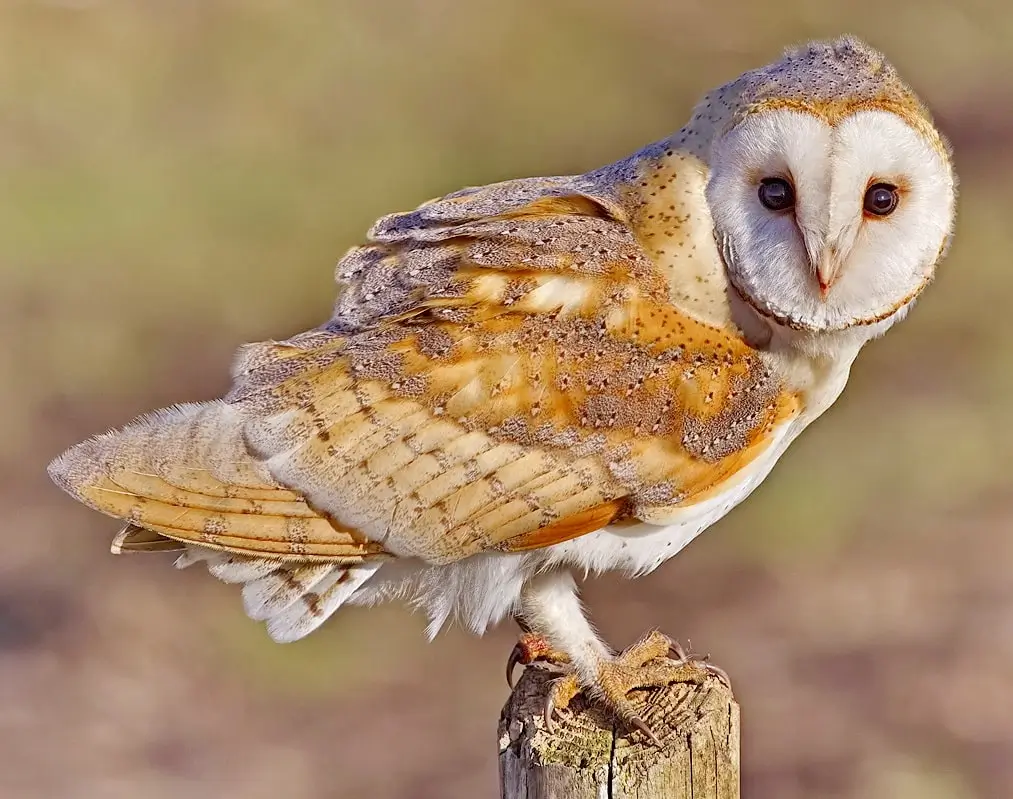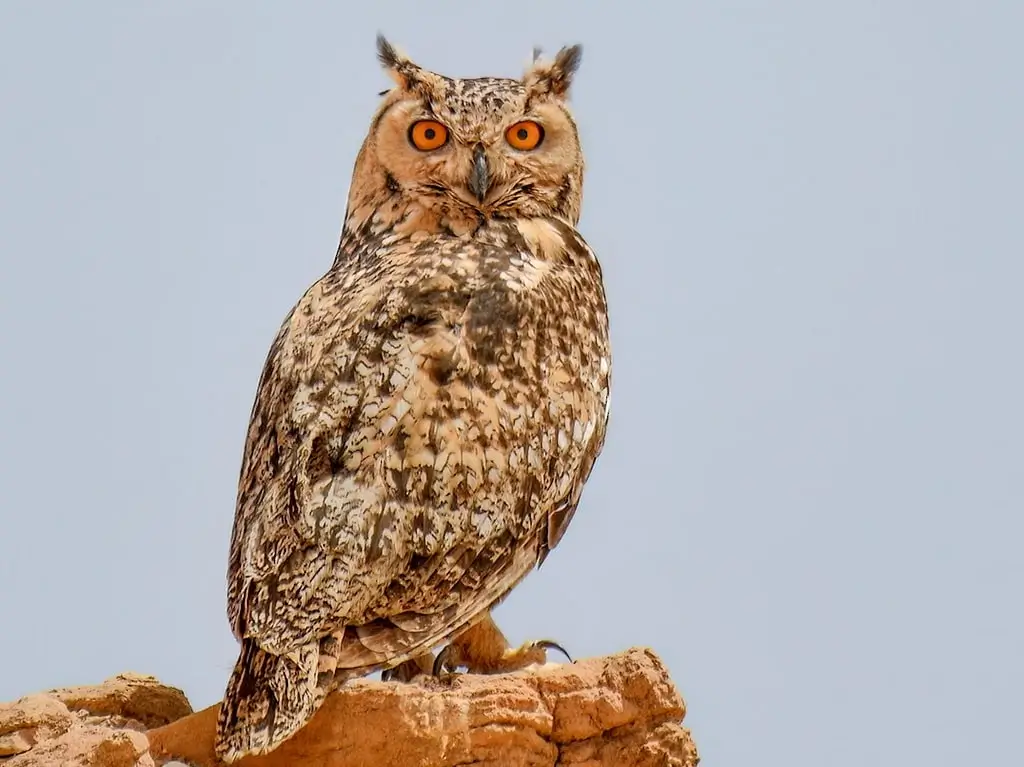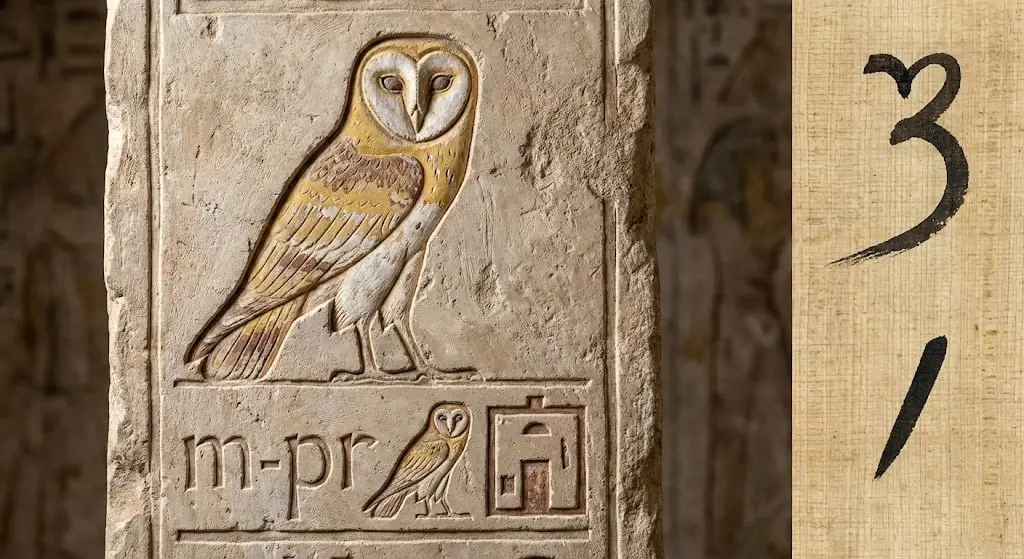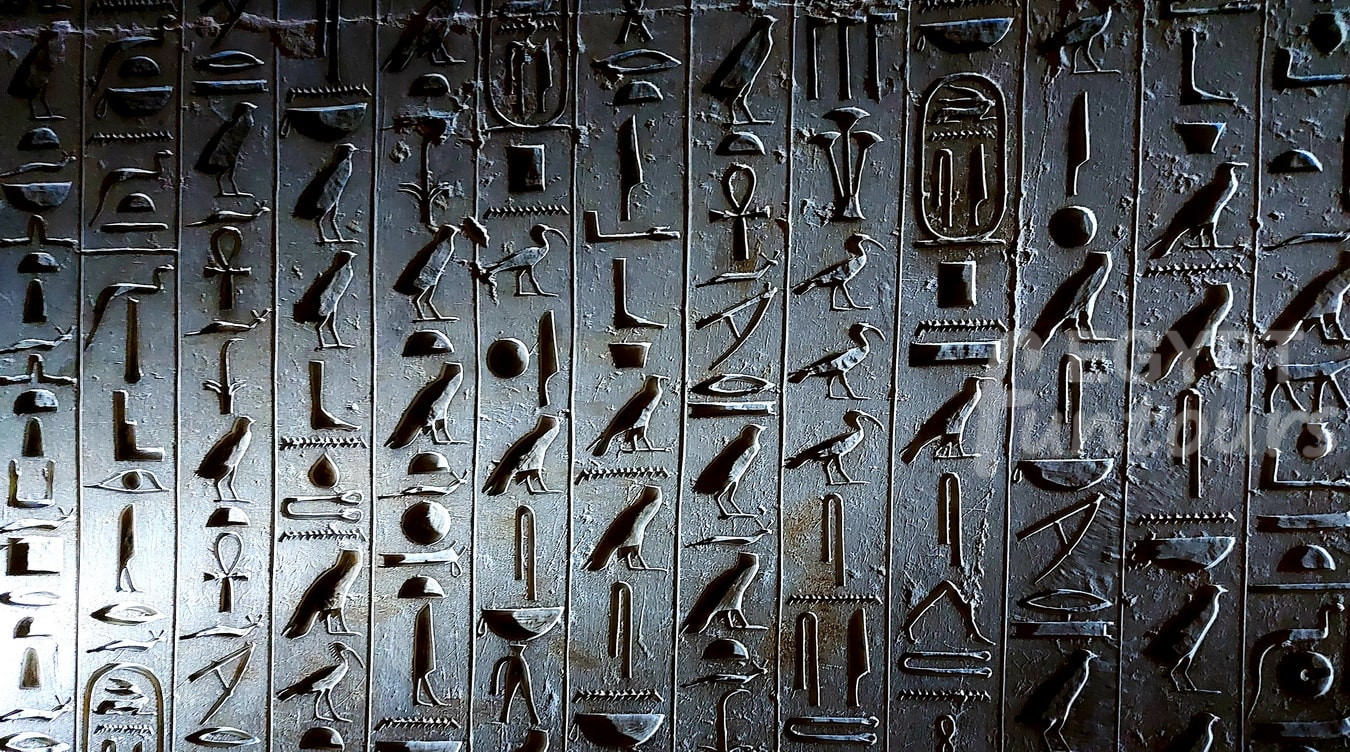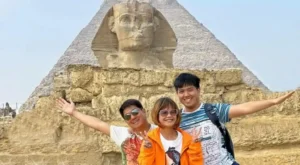Symbolism & Cultural Meaning: Death, Not Wisdom

We have explored the bird’s biology and its role as a letter. Now, we must tackle the most common question: What does the owl symbolize? To understand the Egyptian view, you must first understand their relationship with the sun.
The Ancient Egyptians worshipped the sun (Ra). It represented life, order, and truth (Ma’at). Conversely, the night was a time of chaos, danger, and uncertainty. Since the owl is a nocturnal hunter, it belongs to the night. Consequently, its symbolism is darker and more complex than most people realize.
Life, Death, and the Night
The Egyptians observed the natural world closely. They saw the owl emerge when the sun died. They watched it hunt with silent precision.
Therefore, the owl became associated with the Underworld and death.
Unlike the Falcon (Horus), which soared high in the daylight and represented kingship, the Owl roamed the darkness. It was not necessarily “evil,” but it was dangerous. It required caution.
The Sound of Mourning: Furthermore, the vocalization of the owl played a role in its reputation. The Barn Owl does not hoot; it screeches. To the Egyptian ear, this sounded like a cry of grief.
As a result, later Egyptian folklore often linked the owl to mourning. It was a creature that lamented in the darkness.
Debunking the “Wisdom” Myth
This is the most important correction you need to make in your understanding of Egyptian symbols.
The owl was not a symbol of wisdom in Ancient Egypt.
If you see a “Wise Owl” in a modern tattoo or logo, that is a Greek concept.
- In Greece: The owl accompanied Athena, the goddess of strategy and wisdom.
- In Egypt: Wisdom was the domain of Thoth. Thoth was depicted as an Ibis (a water bird) or a Baboon, never an owl.
The confusion comes from centuries of cultural mixing. After Alexander the Great conquered Egypt (332 BC), Greek culture blended with Egyptian tradition. Slowly, the Greek view of the “wise owl” began to bleed into the local folklore.
However, to a pharaoh of the Old Kingdom, the owl was not a scholar. It was a predator.
The “Mutilated” Hieroglyph: A Sign of Fear?
There is proof that the Egyptians feared the power of the owl image.
In the Pyramid Texts (the oldest religious spells in the world), scribes believed that hieroglyphs could magically come to life. A carved lion could bite; a carved snake could bite.
What did they do about the owl?
In many inscriptions, scribes intentionally “mutilated” the owl hieroglyph. They would:
- Carve the owl without feet.
- Carve a knife slash through the body.
- Leave the carving unfinished.
Why did they do this?
They did it to neutralize the bird. By “killing” the image, they ensured the owl could not fly around the tomb and harm the spirit of the deceased Pharaoh.
This practice proves that the owl was viewed with a healthy dose of fear. It was a potent, potentially dangerous force that needed to be controlled.
Comparison: The Hierarchy of Egyptian Birds
To see where the owl fits, we can compare it to other sacred birds.
| Bird |
Deity |
Sphere of Influence |
| Falcon |
Horus / Ra |
Sky, Kingship, Sun, Victory |
| Vulture |
Nekhbet |
Protection, Motherhood, Upper Egypt |
| Ibis |
Thoth |
Wisdom, Writing, Science |
| Owl |
None (Directly) |
Night, Death, Grammar, Precision |
The Takeaway
The owl is unique. It does not represent a specific major god like the Falcon or Ibis. Instead, it represents a state of being: the state of darkness, observation, and the fundamental structure of language itself.

